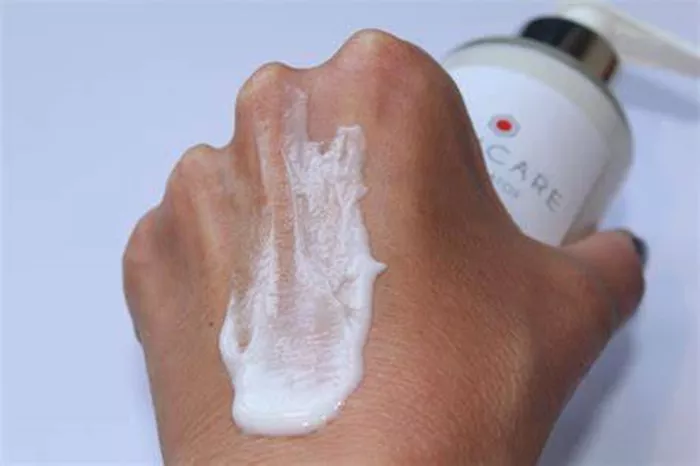Have you ever used a skincare product that felt uncomfortably greasy or sticky? Such experiences can significantly influence the effectiveness of your skincare routine. Studies reveal that a product’s texture plays a crucial role in user compliance and benefit realization. When a product feels pleasant, users are more likely to apply it regularly, thus maximizing its potential benefits.
Texture is integral to the formulation and delivery of active ingredients, essential for a product’s success. Creams, with their thicker consistency, are ideal for dry or mature skin as they create a barrier that retains moisture. Conversely, gels are lighter and more suitable for oily or acne-prone skin, as they absorb quickly without clogging pores. The texture also affects how well active ingredients like retinoids, hyaluronic acid, or vitamin C penetrate the skin.
Gaurav Virmani, CEO & Founder of GRASS, a skincare brand, emphasizes, “Texture is important because it provides the intended benefits, such as improving skin elasticity, reducing wrinkles, or brightening the complexion.” A product’s texture must align with your skin type to ensure effective ingredient delivery and optimal results.
Choosing the right texture can enhance the overall sensory experience of skincare. Products with a pleasing feel can transform the routine into a more enjoyable ritual. Furthermore, the appropriate texture can improve the layering of multiple products, ensuring smooth application and effectiveness without causing pilling or discomfort.
For best results, individuals with oily skin should select lightweight, non-greasy options like gels, while those with dry skin may benefit from richer, moisturizing products such as creams or balms. Matching a product’s texture to your skin type is crucial for achieving desired skincare outcomes.
Related topic:
Does Niacinamide Get Rid Of Freckles? [Revealed]
5 of the Best Ways to Reduce Forehead Lines
How Can I Rebuild Collagen in My Face?


